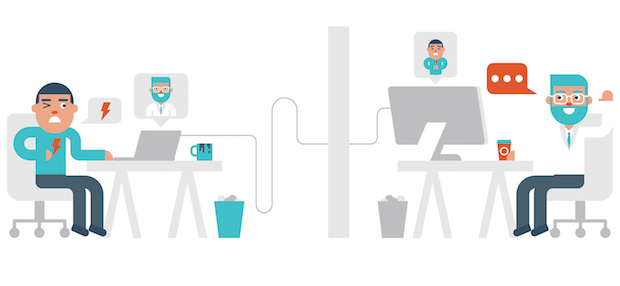By now we are all too familiar with the concept of virtual living. From education to relationships to work, we’ve seen how technology has been able to support all these aspects of life during the COVID-19 pandemic. In medicine, virtual healthcare has become more common, even somewhat necessary, to treat patients from a distance. But how do telehealth and telemedicine play a role in anesthesia and perioperative anesthesia care?

Virtual Healthcare and Telemedicine: May Be Time to Go Bigger
Prior to the pandemic, less than 20% of people in the United States used some form of telemedicine. This number increased significantly in the past year as hospitals and patients learned to adjust to a remote society in order to minimize exposure to the coronavirus. Congress and the Centers for Medicare and Medicaid Services (CMS) lifted previous limitations on telehealth including requirement criteria, payment rates and technology requirements. While virtual care cannot and will not completely replace an in-person experience, telemedicine has many advantages and capabilities. Telemedicine technology allows for a multitude of procedures including remote patient monitoring tools, virtual check ins (real time and through patient portals) and store-and-forward technologies that collect images and data to be transmitted and interpreted later.
For anesthesiologists and perioperative anesthesia care, the most available telemedicine options are preoperative and postoperative. Some remote preoperative care procedures may include discussing the patient’s medical history, engaging in video examinations and using digital tools and monitors to check patient vitals. Communication technologies also enable postoperative telemedicine also relies on patient-physician communication technologies in allowing management of a patient’s recovery, monitoring of a patient’s rehabilitation after discharge, oversight of a patient’s pain management and the recording of recovery milestones.
The pandemic has increased spotlight wattage onTelemedicine and in doing so is driving the technology’s growth and functionality across healthcare. It has also amplified other critical benefits, like access to care for rural patients and those who, for complicated medical reasons, cannot be transported, as well as the preservation of PPE. Working with healthcare providers isn’t new—we’ve been working with many via portals for a few years now—it is clear it must get better and be used more broadly in the future.
